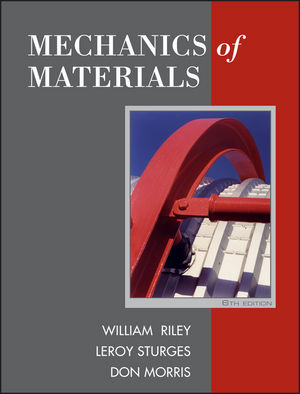Description
Compressors are a vital link in the conversion of raw materials into refined products. Compressors also handle economical use and transformation of energy from one form into another. They are used for the extraction of metals and minerals in mining operations, for the conservation of energy in natural gas reinjection plants, for secondary recovery processes in oil fields, for the utilization of new energy sources such as shale oil and tar sands, for furnishing utility or reaction air, for oxygen and reaction gases in almost any process, for process chemical and petrochemical plants, and for the separation and liquefaction of gases in air separation plants and in LPG and LNG plants. And, as the reader will undoubtedly know, this listing does not even begin to describe the literally hundreds of services that use modern compression equipment.The economy and feasibility of all these applications depend on the reliability of compressors and the capability of the compressors selected to handle a given gas at the desired capacity. It is well known that only turbocompressors made large process units such as ammonia plants, ethylene plants, and base-load LNG plants technically and economically feasible. Conversely, there are applications where only a judiciously designed positive displacement compressor will be feasible, or economical, or both. These compressors could take the form of piston-type reciprocating machines, helical screw machines intended for true oil-free operation, liquid-injected helical screw machines, or others. All, of course, demand performance of the highest reliability and availability. These two requirements form the cornerstone of the development programs under way at the design and manufacturing facilities of the world’s leading equipment producers.
Content:-
PREFACE
ACKNOWLEDGMENTS
PART I: POSITIVE DISPLACEMENT COMPRESSOR TECHNOLOGY
1. Theory
2. Reciprocating Process Compressor Design Overview
3. Reciprocating Compressor Performance and Monitoring Considerations
4. Labyrinth Piston Compressors
5. Hypercompressors
6. Metal Diaphragm Compressors
7. Lobe and Sliding Vane Compressors
8. Liquid Ring Compressors
9. Rotary Screw Compressors and Filter Separators
10. Reciprocating Compressor Performance and Sizing Fundamentals
PART II DYNAMIC COMPRESSOR TECHNOLOGY
11 Simplified Equations for Determining the Performance of 205 Dynamic Compressors
12. Design Considerations and Manufacturing Techniques
13. Advanced Sealing and Bearing Systems
14. Couplings, Torque Transmission, and Torque Sensing
15. Lubrication, Sealing, and Control Oil Systems for Turbomachinery
16. Compressor Control
17. Head-Flow Curve Shape of Centrifugal Compressors
18. Use of Multiple-Inlet Compressors
19. Compressor Performance Testing
20. Procurement, Audit, and Asset Management Decisions
21. Reliability-Driven Asset Management Strategies
APPENDIX A. PROPERTIES OF COMMON GASES
APPENDIX B. SHORTCUT CALCULATIONS AND GRAPHICAL COMPRESSOR SELECTION PROCEDURES
APPENDIX C. BIBLIOGRAPHY AND LIST OF CONTRIBUTORS
INDEX
Author Details
"Heinz P. Bloch" is an internationally respected authority in all areas of machinery operations, troubleshooting, and repair. He was with the Exxon Corporation for over 20 years, and is now the principal of Process Machinery Co. Mr. Bloch is also the author or coauthor of 15 other books, including Improving Machinery Reliability, Machinery Failure Analysis, Machinery Component Maintenance and Repair, Major Process Equipment Maintenance, and Compressors and Applications, as well as more than 330 articles or technical papers.
You May Also Like These E-Books:-






No comments:
Post a Comment